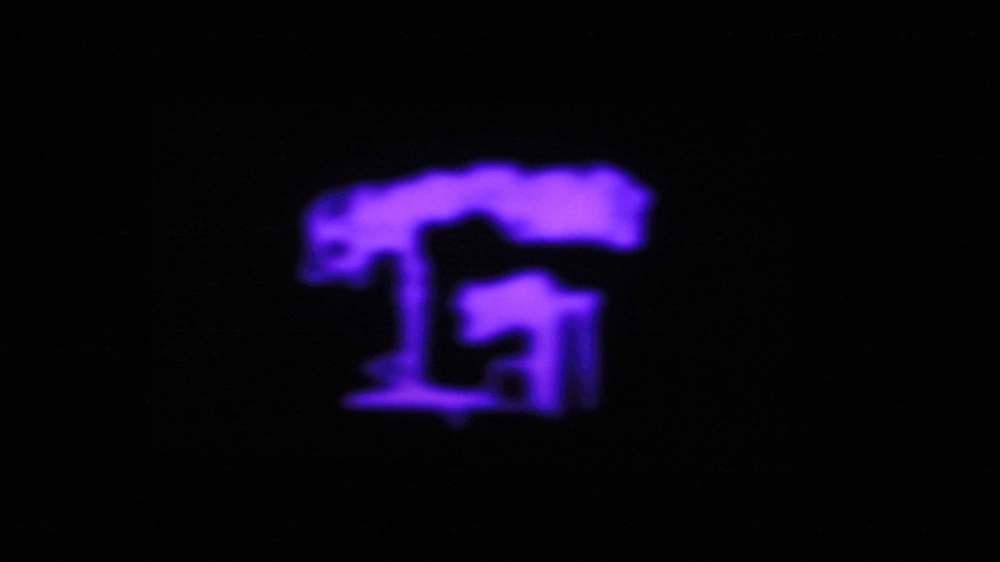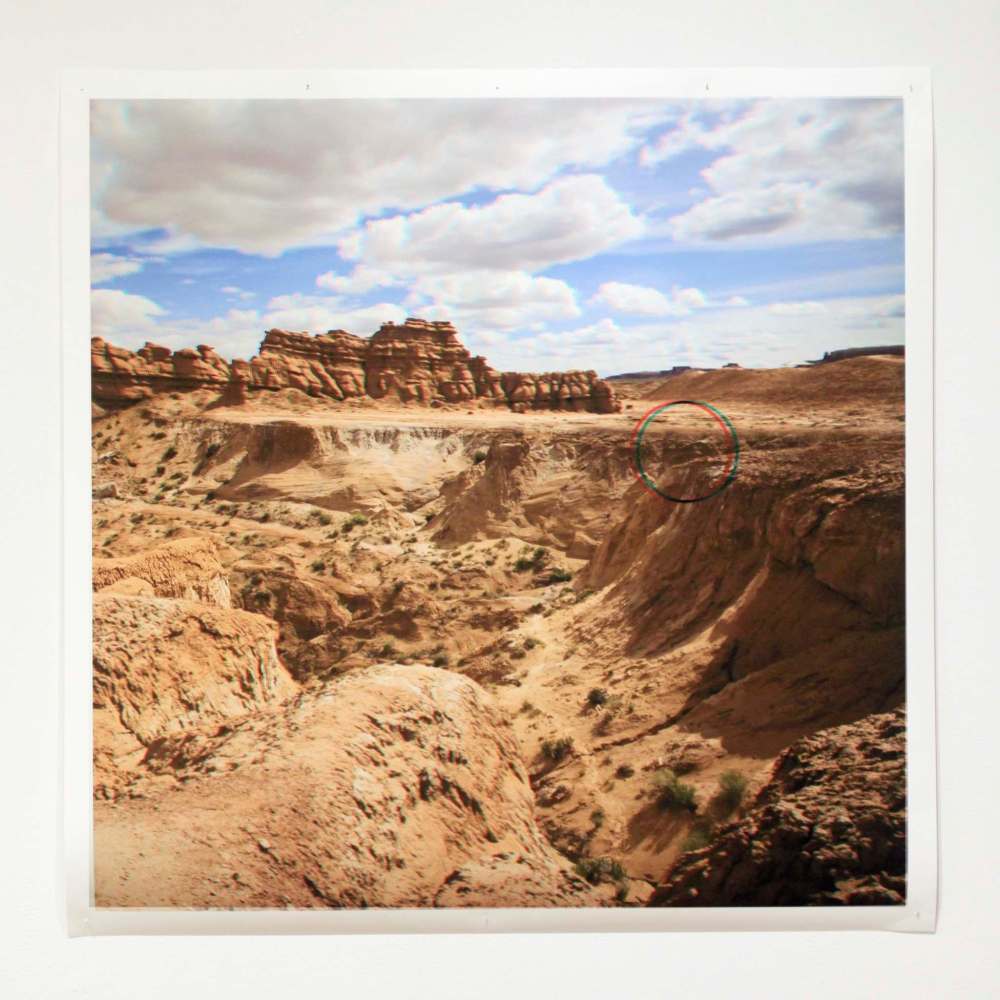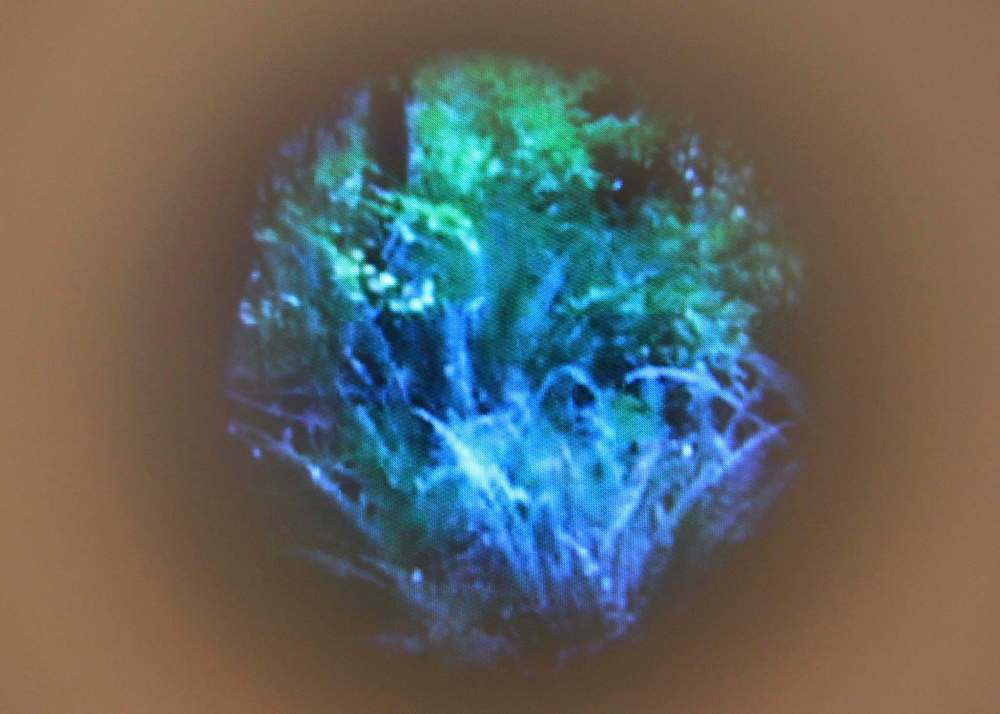Persistent visions
Vancouver-based artist explores limitations of sight in multimedia exhibition
Advertisement
Read this article for free:
or
Already have an account? Log in here »
To continue reading, please subscribe:
Monthly Digital Subscription
$0 for the first 4 weeks*
- Enjoy unlimited reading on winnipegfreepress.com
- Read the E-Edition, our digital replica newspaper
- Access News Break, our award-winning app
- Play interactive puzzles
*No charge for 4 weeks then price increases to the regular rate of $19.00 plus GST every four weeks. Offer available to new and qualified returning subscribers only. Cancel any time.
Monthly Digital Subscription
$4.75/week*
- Enjoy unlimited reading on winnipegfreepress.com
- Read the E-Edition, our digital replica newspaper
- Access News Break, our award-winning app
- Play interactive puzzles
*Billed as $19 plus GST every four weeks. Cancel any time.
To continue reading, please subscribe:
Add Free Press access to your Brandon Sun subscription for only an additional
$1 for the first 4 weeks*
*Your next subscription payment will increase by $1.00 and you will be charged $16.99 plus GST for four weeks. After four weeks, your payment will increase to $23.99 plus GST every four weeks.
Read unlimited articles for free today:
or
Already have an account? Log in here »
Hey there, time traveller!
This article was published 26/05/2016 (3478 days ago), so information in it may no longer be current.
Those of us who rely on sight to make sense of the world might think we’re getting a complete picture, but that illusion doesn’t hold up to scrutiny.
What we see at any given moment has been filtered and reconstructed several times by the time we “see” it — by lighting conditions, by the eye’s anatomy and by the obscure workings of the brain, where unconscious biases and past experience seamlessly fill in any gaps in the picture. Bombarded by visual stimuli, the brain cuts corners, makes stuff up and sometimes gets things wrong. These momentary lapses, easily overlooked, are the focus of Vision Trouble, the exhibition by Vancouver-based artist Annie Briard currently at the Maison des Artistes.
My face pressed against a wall-mounted peephole in a back corner of the gallery, I struggle to make out the image on a recessed LCD screen. Focusing eventually on a sun-dappled forest, it takes another second to notice the man standing off to the right, just within my peripheral vision. It takes another second to notice his head is twice the size it should be, a buzzy, pixelated blur that might or might not be mouthing words.

One of three such Apertures, the forest vignette recalls the “flashed face distortion effect,” or “ugly face illusion,” discovered by accident some years ago. The setup is simple: viewers stare at a fixed point while rapid-fire streams of faces (one version uses photos of Hollywood actors) flash by to either side. Unable to focus, the eye and brain do their best, inadvertently transforming half-seen faces in to grotesque caricatures, all teeth and eyes and monstrous jawlines. The effect is both alarming and instructive.
Other works in the show tackle issues of perception and unconscious interpretation in straightforward but engaging ways. Briard’s red-blue anaglyph Constructions are dramatic landscape photos in which, with the aid of old-school 3D glasses, geometric shapes seem to hover, caught up in uncanny parallax effects. In another video, mirrored, high-contrast black-and-white abstractions fan out in a moving Rorschach test, inviting viewers to make out ice floes or demon faces as their subconscious sees fit.
Vision Trouble’s most original gesture is also its most abstract and, surprisingly, its most affecting. Staring out her window for 30 seconds at a time, Briard would draw the hazy afterimages that persisted each time she closed her eyes. The curious squiggles have an implicit structure, but their contents never resolve. Shown as a video in blackout-curtained room, Briard’s fuzzed-out abstractions bleed into one another, floating before our eyes well after each image has left the screen, just as they would have for her.
It’s the nature of vision that two people can’t ever see the same thing the same way, but it’s remarkable to imagine sharing such a fleeting, individual experience, however compromised and incomplete.
Catch a glimpse while you can: Vision Trouble closes Saturday, May 28, and the Maison des Artistes itself faces an uncertain future in its long-held space in the old St. Boniface city hall.

While outgoing director Eric Plamondon assures me that planned programming won’t be affected by the City of Winnipeg’s May 10 decision to raise the gallery’s rent by 53 per cent, now might be a time to remind our elected officials it’s disappointing to see them behave like common slumlords, treating arts and culture as a cheap and dirty way to develop real estate holdings rather than worthy investments in their own right.
Steven Leyden Cochrane is a Winnipeg-based artist, writer and educator.


